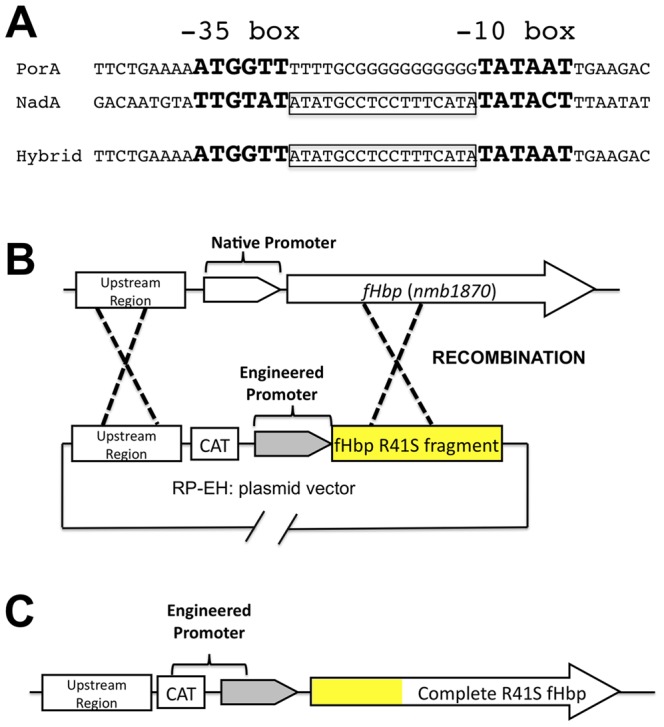Figure 1. Schematic representation of the genetic strategy to over-express fHbp ID 9 R41S.

Panel A: Sequences of natural porA and nadA promoters and the engineered (Hybrid) promoter where the sequence between the −10 and −35 boxes of the porA promoter containing the poly G tract was replaced with the sequence from the Neisserial nadA promoter to eliminate slip-strand miss-pairing. Although not shown, in the hybrid promoter the porA promoter sequence (−164 to −35 and −10 to +57) was left intact. Panels B-C: Strategy for replacement of the native fHbp promoter by the engineered promoter sequence, and introduction of the R41S mutation in fHbp to decrease fH binding (see text for additional details). Panel B shows the genomic environment of the fHbp gene (nmb1870) and the plasmid RP-EH used. CAT, represents the chloramphenicol resistance cassette used for selection of the recombinants. The yellow R41S box represents the first 255 base pairs of the fHbp ID 9 gene containing the mutation that leads to the R41S change in the mature mutant ID 9 fHbp. Panel C represents the organization of the region after the recombination.
